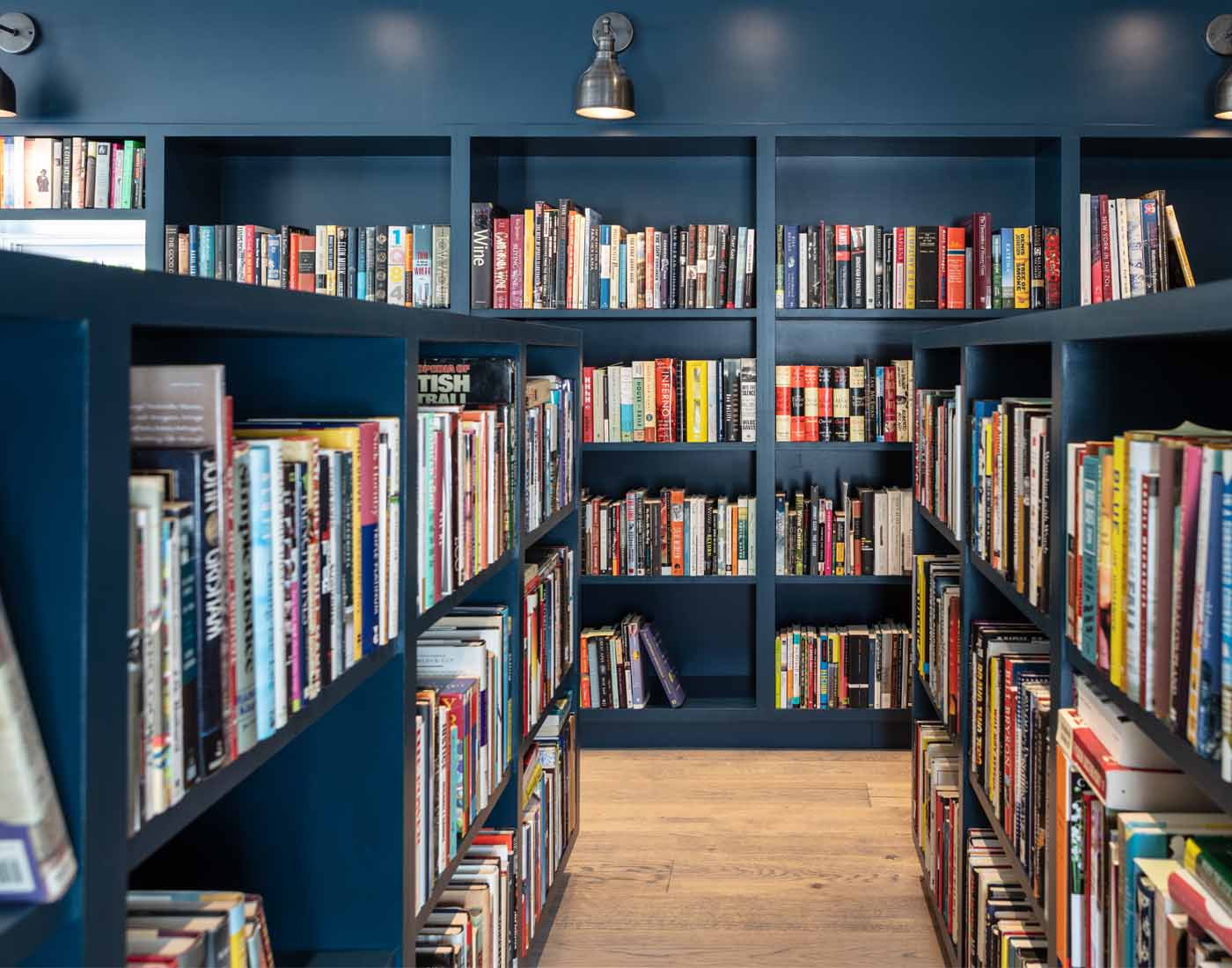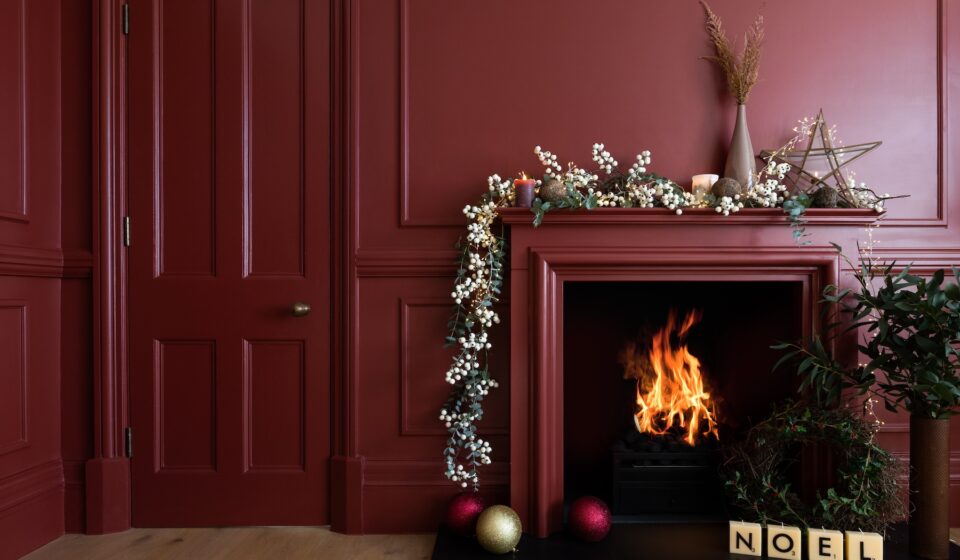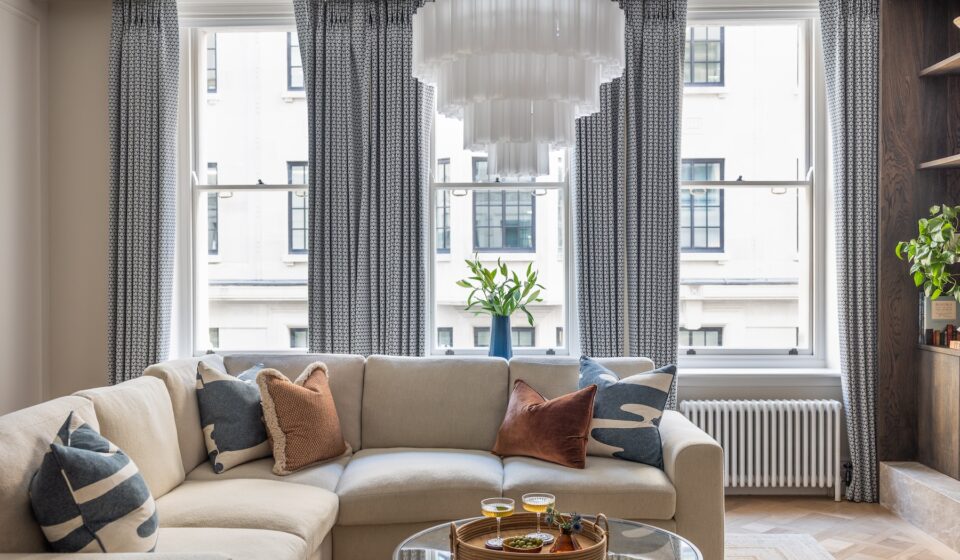How to choose the right paint

Author: Susie Pfeiffer
Published on:
Last updated: 25th March 2025

Here’s some 5 quick tips on choosing paint:
- Don’t always default to the most expensive. Whilst the most expensive paints have some fabulous pigments in them, there are also some good quality alternatives, see e-paints to compare colours from the most expensive to some good quality trade options.
- Buy sample pots. Don’t make the mistake of buying a large pot of paint if you haven’t tested out whether or not it will work in the room it is destined for. The light in the room can make the paint look darker or lighter than you expect, and change over the course of the day or not match your existing furnishings.
- Test the paint colour out. Paint the sample onto a large piece of white cardboard paper and hang it up in the room you wish to paint to see if the colour works – if necessary move the cardboard painted sample around the room to see how the light hits it in different places.
- Buy the right paint type. If in doubt, get advice from the paint shop near you. If it’s for a kitchen or bathroom you’ll need a paint that can cope with steam or if it’s for a high traffic area, something more durable will be needed. There are also different paints for wood and metal work, interiors and exteriors.
- Prime and prepare the surface! Before you paint, ensure the surface area is clean and smooth then apply the undercoat or primer before painting the chosen top coat.
If you’re still in doubt talk to professional interior designers like us as we are used to putting together colours to suit all rooms, and furnishings.

Looking for interior inspiration? Explore our recent work or contact us for a design consultation
Find InspirationRelated Stories

Christmas Styling Trends for 2025: Warmer, Bolder and More Creative
Discover the key Christmas 2025 design trends - from bold colour schemes to unexpected foliage,...

2026 Interior Design Trends: Styles That Will Shape Your Home
In 2026, interiors move beyond minimalism to embrace warmth, character and sustainability. Think layered color...

The Pfeiffer Design Series: Where the Love of Design Began
In Part 1 of our interview series, Susie Pfeiffer shares how her passion for design...

The Advantages of Hiring an Interior Designer to Help Guide Your Professional Team
From architects to artisans, discover how our trusted network of professionals - led by our...




